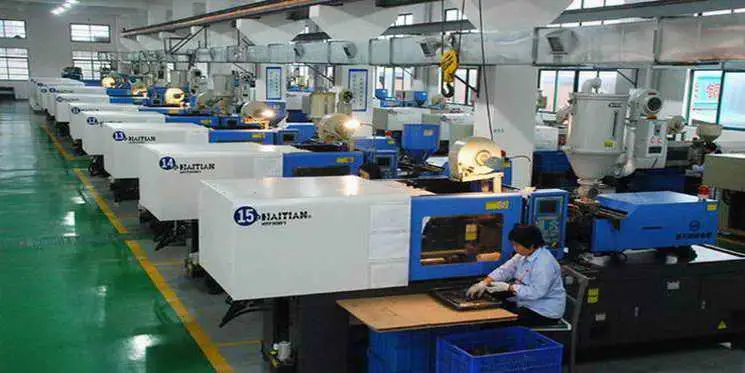What are heat stabilizers, and what are their mechanisms and types?
Heat stabilizers are additives that can improve the deterioration of plastics’ properties caused by heat-induced degradation during processing and use. Plastics are generally thermally unstable; heating can cause oxidation and decomposition, and at higher temperatures plastics can undergo thermal cracking even without oxidation. Because PVC’s thermal instability is particularly prominent, the term "heat stabilizers" typically refers to stabilizers for PVC. Besides PVC, POM (polyoxymethylene) also has notable thermal stability issues, but POM’s stability is mainly improved by end-group capping treatments. Other plastics generally have acceptable thermal stability within normal processing and molding ranges. Therefore, this section mainly discusses PVC’s thermal stability issues.
(1) Mechanisms of action of heat stabilizers
PVC’s processing temperature is very close to its decomposition temperature; when processed at 160–180°C, PVC can undergo severe thermal degradation, causing discoloration and performance decline. During this thermal degradation PVC releases large amounts of HCl and Cl radicals, which accelerate the degradation reaction. Thus, the main mechanisms of heat stabilizers are as follows.
Because HCl plays a promoting and catalytic role in PVC degradation, absorbing and neutralizing HCl prevents it from acting on PVC, thereby stopping further degradation.
There are unstable chlorine atoms on the PVC molecular chain that significantly promote PVC degradation. Replacing the unstable allylic chlorine and tertiary carbon-position chlorine in PVC molecules, or coordinating and binding with these chlorine atoms to form stable complexes, inhibits the dehydrochlorination reaction.
Undergoing Diels–Alder or similar addition reactions with conjugated double bonds in the PVC molecules disrupts the conjugated structure, thereby inhibiting decomposition and discoloration.
(2) Common heat stabilizers
There are many types of heat stabilizers; only some common ones are introduced here. Selection should be based on their properties, forming processes, and other specific conditions.
Lead basic salt heat stabilizers: These stabilizers have excellent heat resistance, long-lasting action, good electrical insulation, strong covering power, good weather resistance, and properties of white pigments, and they are inexpensive. However, they are highly toxic and make molded parts opaque. Their compatibility and dispersibility in the resin are relatively poor. Main types include tribasic lead sulfate, dibasic lead stearate, dibasic lead phosphite, etc. Typical usage is 2%–5%.
Metal soap heat stabilizers: These stabilizers are mainly stearates — higher fatty acid salts of cadmium, barium, calcium, magnesium, etc., especially salts of stearic acid and lauric acid. They provide good thermal stabilization and also act as lubricants, but some soap-type stabilizers are toxic and should be used with caution.
Organic tin heat stabilizers: These are high-efficiency stabilizers with outstanding heat resistance and high transparency. They can produce synergistic effects with metal soap stabilizers and resist sulfur contamination, but they are expensive. Main varieties include dibutyltin dilaurate, dibutyltin maleate, and dibutyltin succinate.






